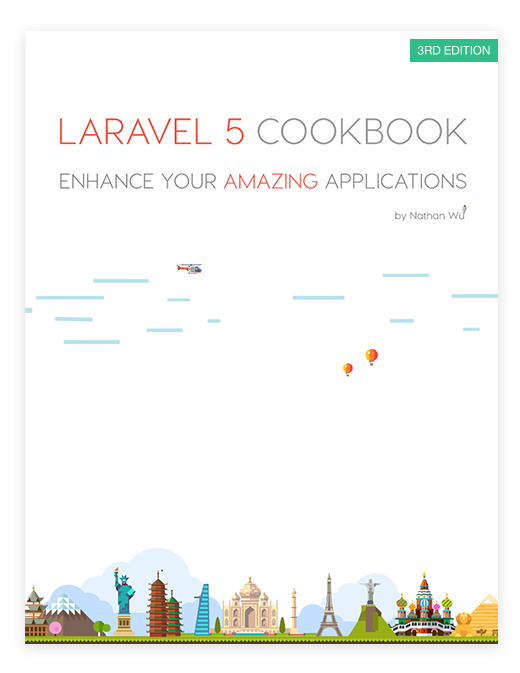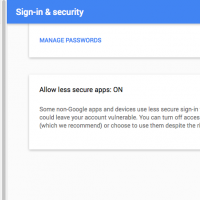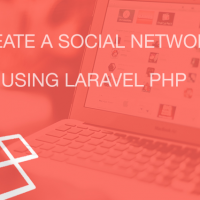Multiple authentication guard drivers (including API) in Laravel 5.2
Let's get back to Laravel 5.2 features, shall we? 5.2 introduced a significant boost to the power of the entire authentication system, including making it much simpler to have multiple "guards" running at once.
Why should you care?
The default authentication guard in Laravel prior to 5.2 (now named the web guard) is your traditional web-based application authentication layer: username and password post to a controller, which checks the credentials and redirects if they are invalid; if valid, the user information gets saved to the session. Not all of those pieces are absolutely necessary but that's the general mindset.
But what if you want to have an API running in the same app, and it uses JSON web tokens (or some other stateless, non-session authentication mechanism)? In the past you'd have to jump through a lot of hoops to have multiple authentication drivers running at the same time.
Laravel 5.2's default auth guards
In 5.2, not only is it simple to have multiple auth drivers running, it actually already works that way out of the box.
If you check config/auth.php, you'll see two guards set out of the box: web, which is the classic Laravel authentication layer, and api, which is a stateless (no session memory) token-based driver.
Both, as you can see, connect to the same "provider".
Auth providers are also customizable. They're the definition of how the system should store and retrieve information about your users. Each is defined by an instance of Illuminate\Contracts\Auth\UserProvider.
'guards' => [ 'web' => [ 'driver' => 'session', 'provider' => 'users', ],
'api' => [
'driver' => 'token',
'provider' => 'users',
],],
If you look up higher i
Link:
This post is submitted by our members. Submit a new post.
Tags: Tutorials Laravel 5 Laravel 5.2

















